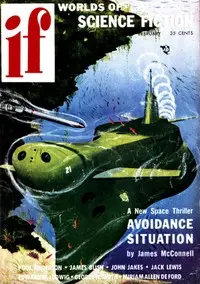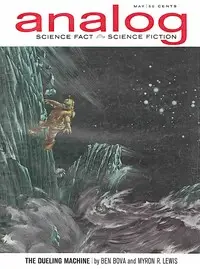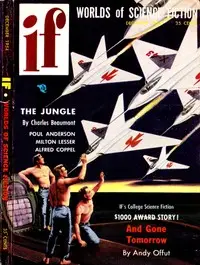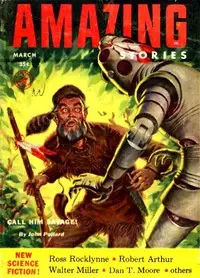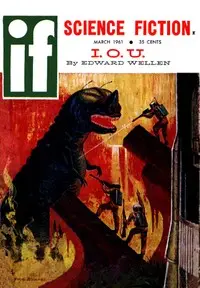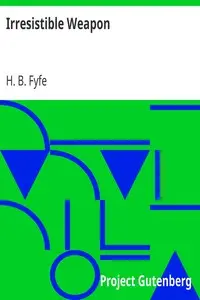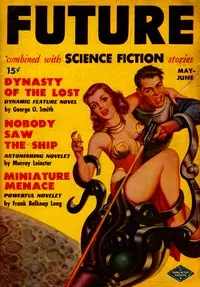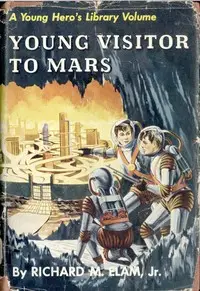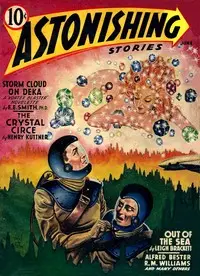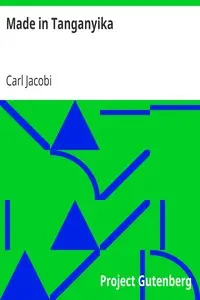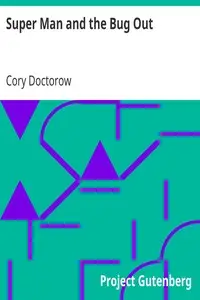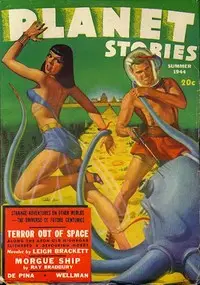"The Fastest Draw" by Larry Eisenberg is a science fiction story where a man chases a dangerous fantasy. Amos Handworthy, inspired by his father's stories of the Old West, wants to experience a real gunfight. He gets his engineer, Manny Steinberg, to create a mechanical marshal for him to duel. As the mechanical marshal becomes more advanced, reacting to Handworthy's emotions, Handworthy decides a real gunfight needs real fear, so he switches the fake guns for real ones. This pushes the boundaries of competition and forces Handworthy to grapple with life, death, and what it means to be brave facing a machine he created.
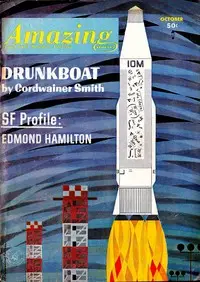
The fastest draw
By Larry Eisenberg
In a futuristic twist on the Wild West, a man's obsession with a gunfight leads him to a deadly game against his own creation.
Summary
About the AuthorLawrence Eisenberg was an American biomedical engineer and science fiction writer. He is best known for his short story "What Happened to Auguste Clarot?", published in Harlan Ellison's anthology Dangerous Visions. Eisenberg's stories have also been printed in a number of leading science fiction magazines, including The Magazine of Fantasy & Science Fiction, Galaxy Science Fiction, and Asimov's Science Fiction. His stories have been reprinted in anthologies such as Great Science Fiction of the 20th Century, The 10th Annual of the Year’s Best S-F, and Great Science Fiction By the World's Great Scientists. He also wrote limericks, and later in life, he became known for the poems that he posted in the comments sections of various articles in The New York Times.
Lawrence Eisenberg was an American biomedical engineer and science fiction writer. He is best known for his short story "What Happened to Auguste Clarot?", published in Harlan Ellison's anthology Dangerous Visions. Eisenberg's stories have also been printed in a number of leading science fiction magazines, including The Magazine of Fantasy & Science Fiction, Galaxy Science Fiction, and Asimov's Science Fiction. His stories have been reprinted in anthologies such as Great Science Fiction of the 20th Century, The 10th Annual of the Year’s Best S-F, and Great Science Fiction By the World's Great Scientists. He also wrote limericks, and later in life, he became known for the poems that he posted in the comments sections of various articles in The New York Times.


